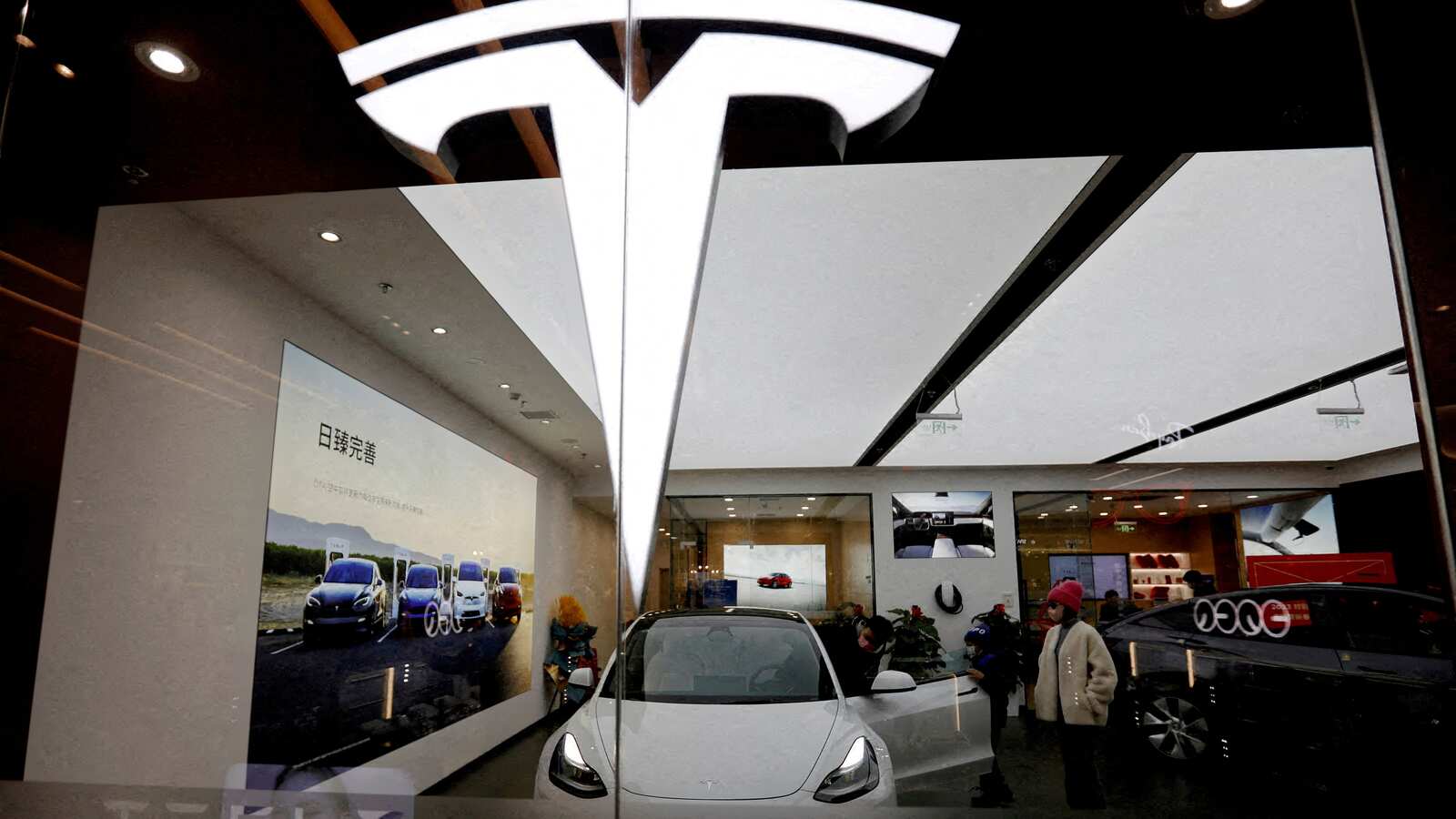Why Tesla keeps changing its prices
The maker of the Model 3 and Model Y has a floating-price strategy unique among car companies. It’s being put to the test by rising interest rates and reduced demand.

Tesla Inc. has done seemingly nonstop tinkering with its prices this year, moving them lower in dramatic fashion only to occasionally bump them back up. What gives?
Chief Executive Officer Elon Musk has said he's willing to prioritize growth over profits, a stance that has made some investors wary and irked more than a few customers who bought before the discounts.
There are a number of factors at play here, and a lack of consensus as to whether it all amounts to disruption or desperation. Here's what you need to know:
Tesla has a floating-price strategy
For years, Tesla's cheapest car closely tracked the average amount US consumers were paying for new vehicles. Only $300 or so separated the starting price of the Model 3 and the industry's average transaction price.
When the sedan went into production in 2017, Musk touted a $35,000 price tag that almost exactly mirrored the $34,944 average paid for a new vehicle at the time. Five years and a burst of inflation later, the Model 3 started at $46,990 as of early January, versus the $47,681 average in the US.
This floating-price strategy is unique among car companies, and was made possible by Musk's rejection of two century-old traditions. First, he eschewed the franchised dealership model, putting Tesla in control of the final price paid by customers. Second, he bucked the industry norm of setting prices at the start of each model year, then mostly keeping them static.
Early this year, though, the Model 3 began to bifurcate from average vehicle prices in dramatic fashion. Perhaps even more jarringly, the Model Y sport utility vehicle went from a starting price almost $20,000 above the typical transaction price to one below the industry average.
Musk has room to play offense
Contradictory as it may seem, Tesla is cutting its prices from a position of strength.
With the exception of China's BYD Co., no automaker is anywhere close to producing as many electric cars as Tesla. The company's high production volume across just a handful of models means unmatched economies of scale. And with manufacturing innovations ranging from single-piece vehicle structures to simpler batteries, Tesla has been reducing costs.
Rivals such as Rivian Automotive Inc. and Lucid Group Inc. are far from breaking even, and the same can be said for Ford Motor Co. and other incumbents standing up their EV operations.
Tesla also is sitting on a sizable cash cushion and paid down about $10 billion of debt in the past three years.
Tesla is dealing with demand issues
Of course, high production capacity cuts both ways. It's great to have when the economy is humming and demand is strong, and not so good in times of turbulence.
In the second half of last year, Tesla was making tens of thousands more vehicles than it delivered each quarter. Blogs that aggregate the company's listings of vehicles online show that inventory continues to build.
The 15-day supply of vehicles in inventory that Tesla reported for the first quarter is relatively healthy by industry standards. But the way this figure has trended — it's at the highest since the start of the pandemic, even after all the recent price cuts — isn't encouraging.
“Tesla is clearly transitioning from being supply constrained (where delivery volumes grow in line with production capacity and prices increase) to being demand constrained (where prices fall to stimulate demand and production outpaces delivery),” Toni Sacconaghi, a Bernstein analyst with a sell rating on the stock, wrote in a May 1 report.
Musk himself has sounded the alarm about the risk of a recession. During a Twitter Spaces conversation late last year, he called higher interest rates and lower demand for big-ticket items like cars a “double-whammy,” and said the company faced a choice.
“Do you want to grow unit volume, in which case you have to adjust prices downward? Or do you want to grow at a lower rate, or steady?” Musk asked, rhetorically. “My bias would be to say let's grow as fast as we can without putting the company at risk.”
Dynamic pricing might be the new normal
While disgruntled Tesla owners swarmed showrooms in China early this year over its price cuts, there haven't been clear signs of sustained anger with the company on the part of consumers.
Other manufacturers are also eyeing Musk's approach. As electric vehicle demand soars and established manufacturers chase after Tesla, automakers including Ford and Volvo Car AB are beginning to move toward more centralized control over EV sales and pricing. Ford, for example, changed the suggested retail price of its new electric pickup, the F-150 Lightning, three times last year.
“You have to be able to reprice quickly,” Ford CEO Jim Farley told reporters last month. “It's a competitive market, and some brands are going to protect growth over profitability.”
Catch all the Latest Tech News, Mobile News, Laptop News, Gaming news, Wearables News , How To News, also keep up with us on Whatsapp channel,Twitter, Facebook, Google News, and Instagram. For our latest videos, subscribe to our YouTube channel.































